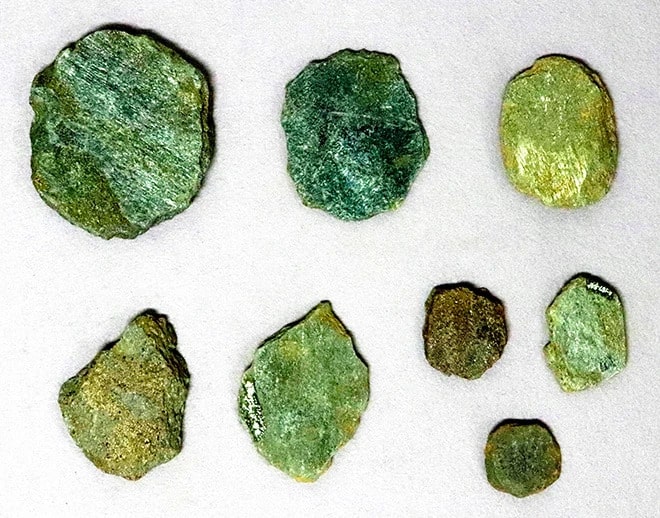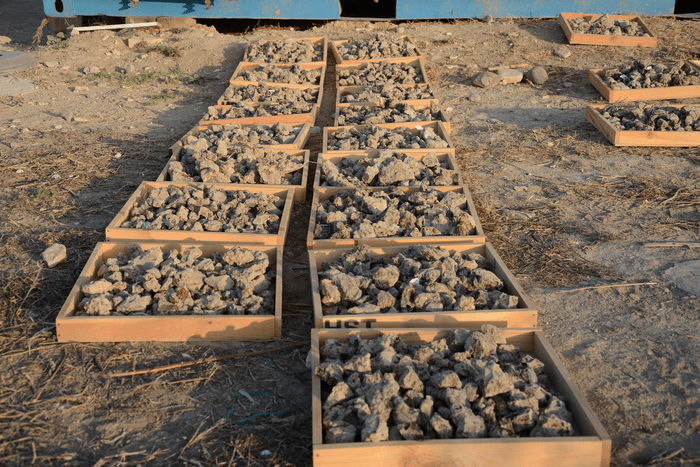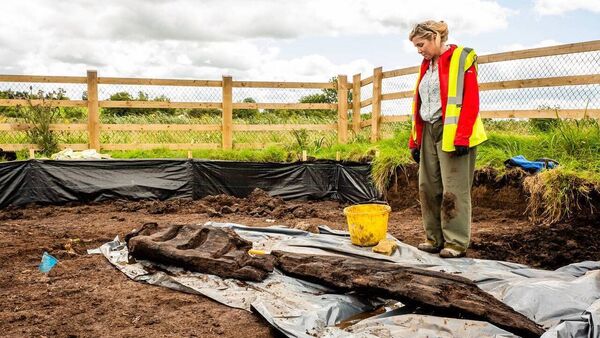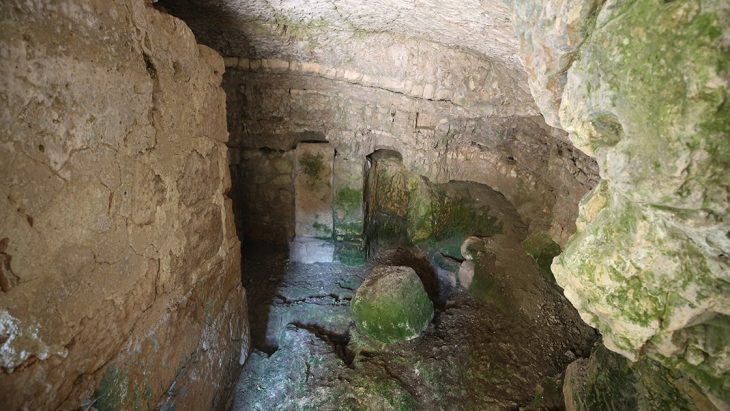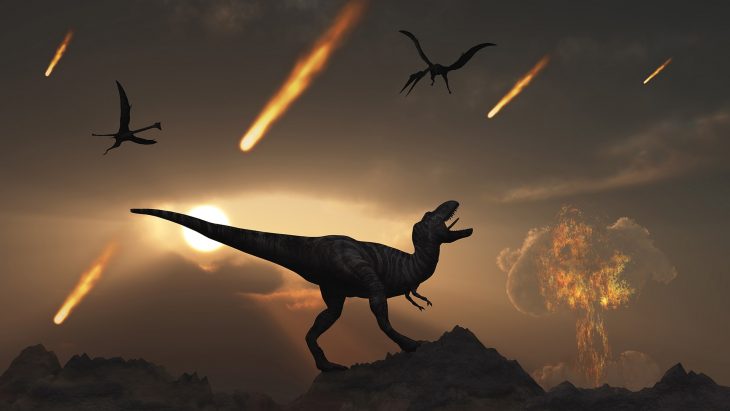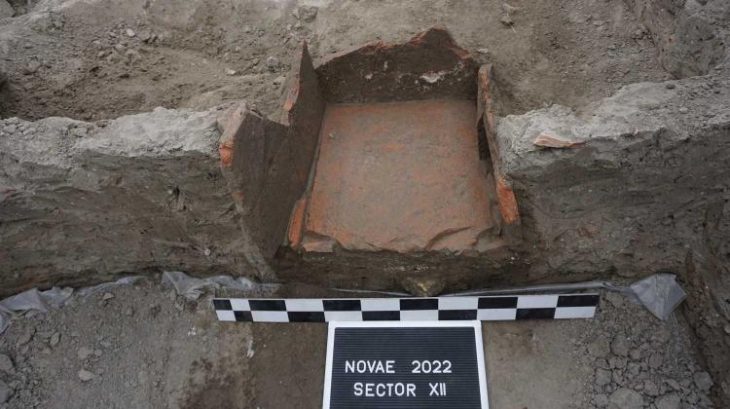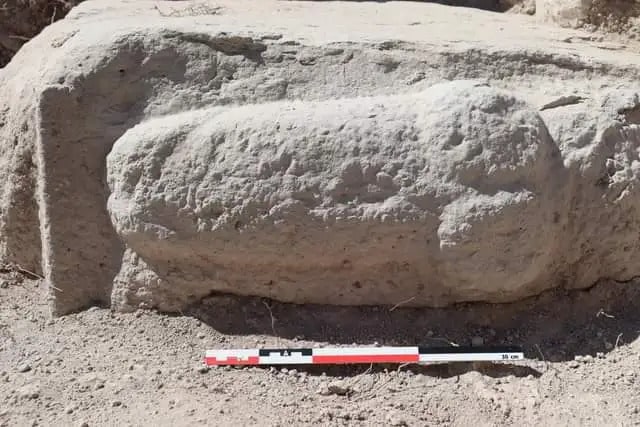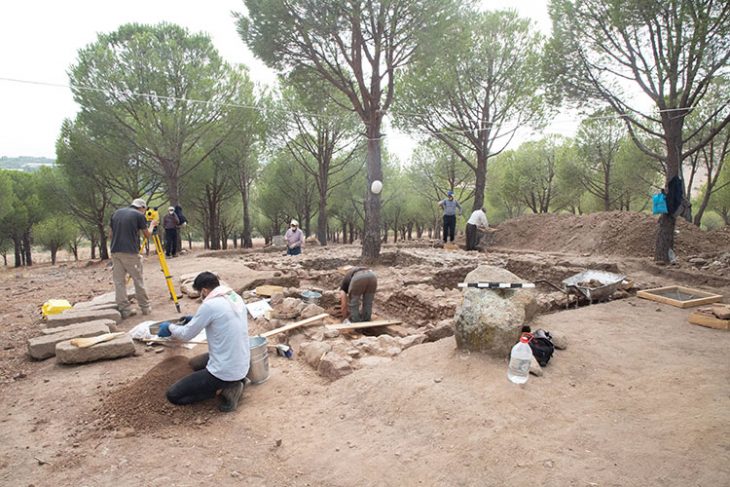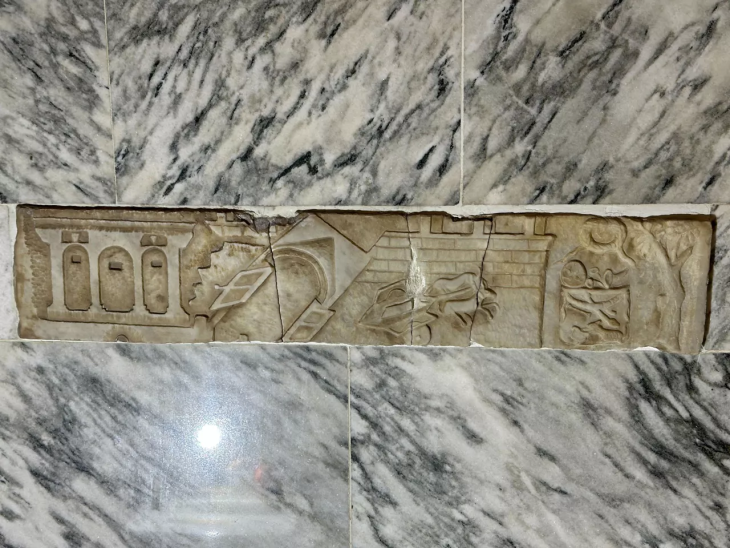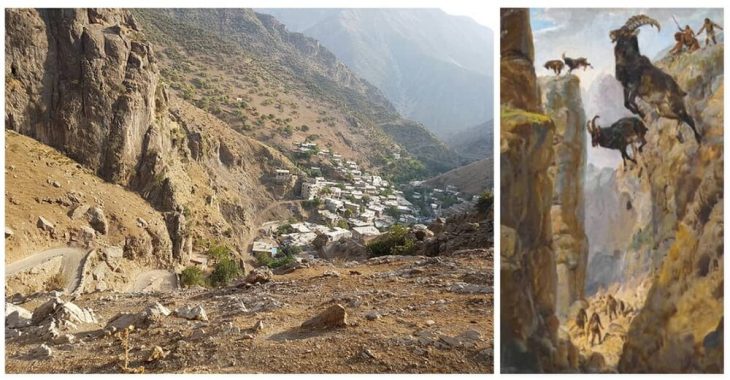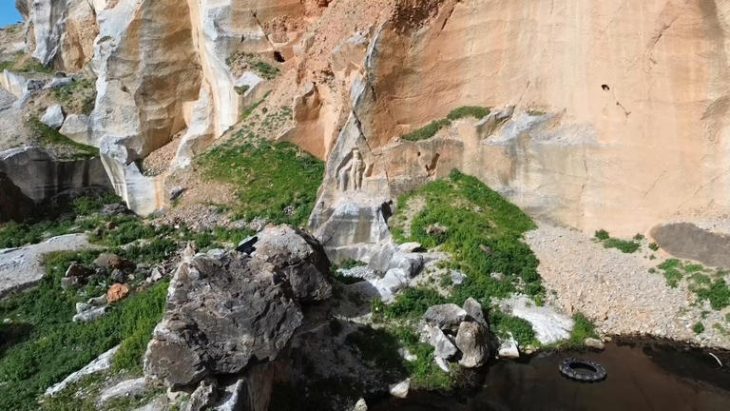Artifacts discovered in the ruins of structures associated with warlord Toyotomi Hideyoshi’s 1590 Siege of Odawara may be prototypes of ninja weapons.
The flat stones and clay balls may well have been the forerunners of “shuriken” throwing stars and “makibishi” caltrops that later made up ninja arsenals, Akihiro Iwata, archaeologist and curator at the Saitama Prefectural Ranzan History Museum, told Asahi.
The term shuriken actually covers a multitude of throwing weapons employed by the Ninja. The skilled ninja would use a Shuriken as a distraction or secondary attack rather than a means to kill or disable their foe.
The caltrop is referred to as Makibishi in Japanese. The weapon (igadama) is a sharp spiked item that was used to slow down pursuers and defend samurai fortresses in medieval Japan. Makibishi could also be thrown like a shuriken.
After re-examining artifacts from the late Warring States era (late 15th to late 16th centuries) unearthed at archaeological sites in Saitama and Hachioji in western Tokyo, Iwata came to this conclusion.

Between the 1990s and 2000s, flat throwing stones with sharpened corners were discovered at the ruins of Iwatsuki Castle and the Owada jin’ya administrative headquarters in Saitama, both in Saitama.
A hexagonal stone from the Iwatsuki Castle ruins measured 4.8 centimeters in diameter and 1 cm thick, while 17 stones from the Owada jinya measured 8 to 14 cm in diameter and 1.5 to 3 cm thick.
The Siege of Odawara forced the rival Hojo clan to hole up in Iwatsuki Castle before it fell. The Owada jinya, located about 6.5 kilometers away, may have been its branch castle.
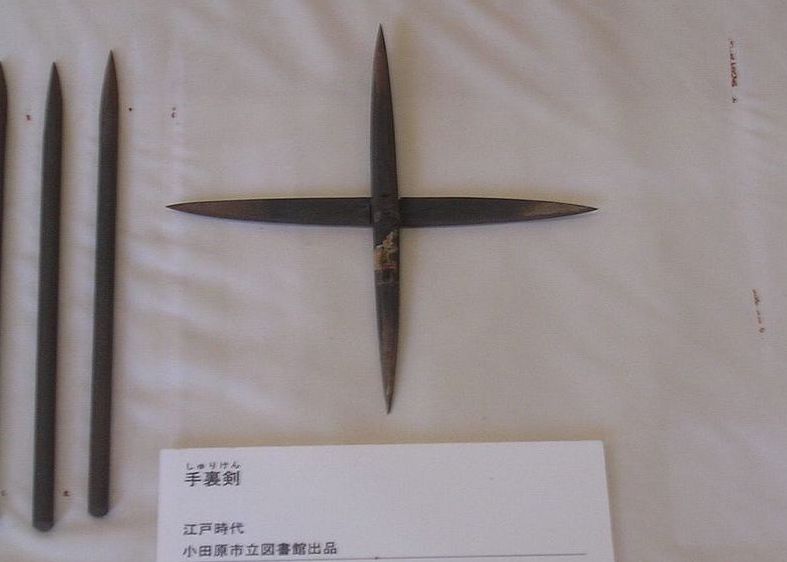
Four unglazed clay balls were among items excavated at the ruins of Hachioji Castle around 1960.
Each ball, measuring approximately 1 to 3 cm in diameter, has four spike-like projections so that one of them points upward, apparently to slow the advance of enemy forces.
Hachioji Castle also fell during the Siege of Odawara.
“It is possible that the Hojo clan made these getaway weapons after realizing it faced Hideyoshi’s overwhelming force,” Iwata said.

He added that the forms of these primitive tools suggest that they may have been the prototypes of shuriken and other weapons used by the feudal-era undercover agents.
Yuji Yamada, a ninja expert and professor at Mie University’s Faculty of Humanities, described the artifacts as “groundbreaking discoveries.”
“Flat throwing stones could have developed into shuriken in later years,” he said. “I had never seen clay caltrops before.”
Cover Photo: Saitama Prefectural Ranzan Historical Museum

